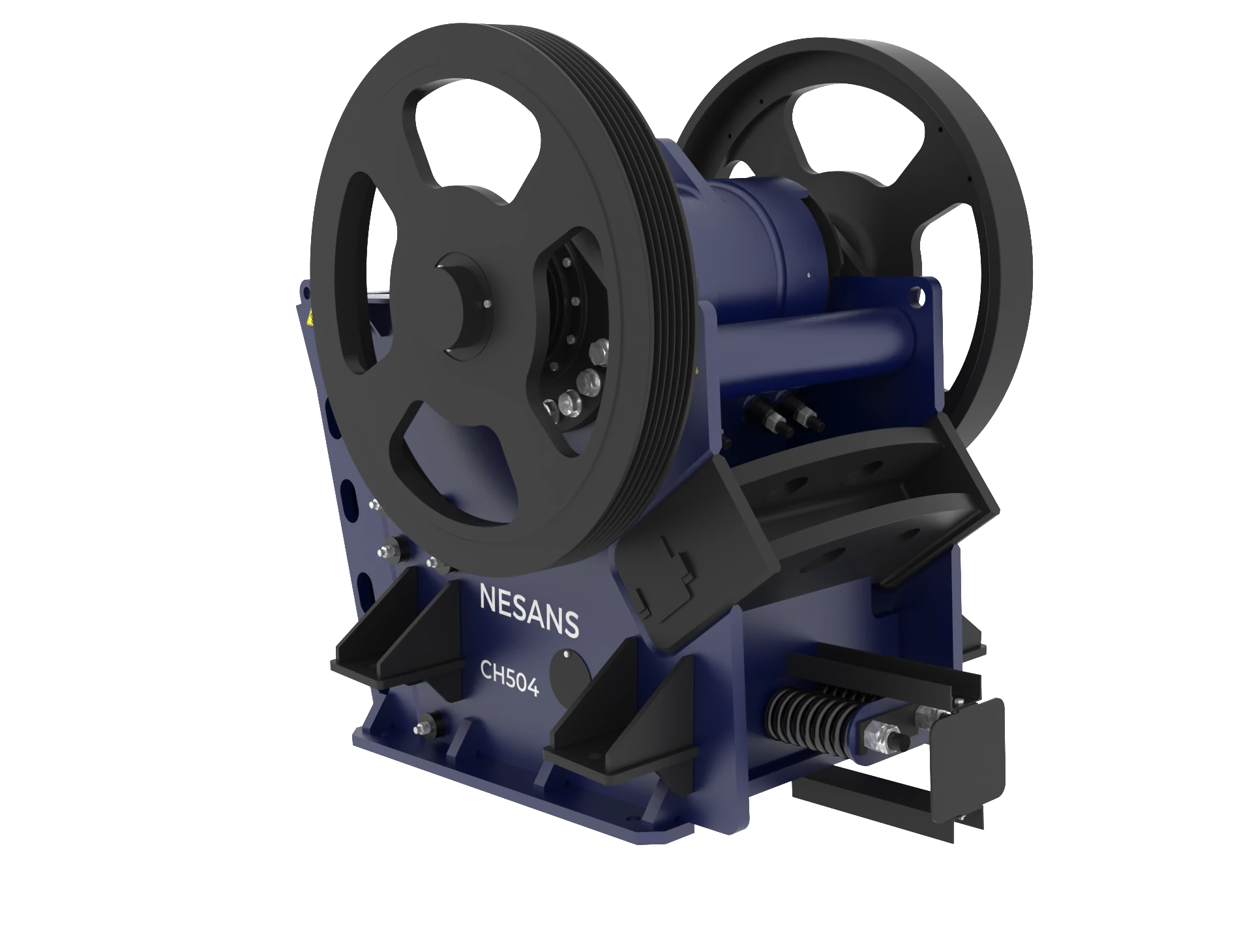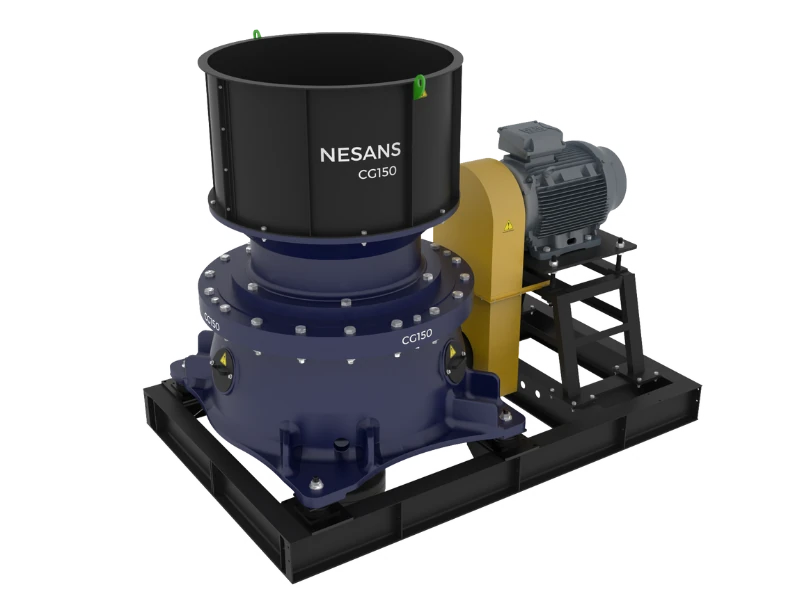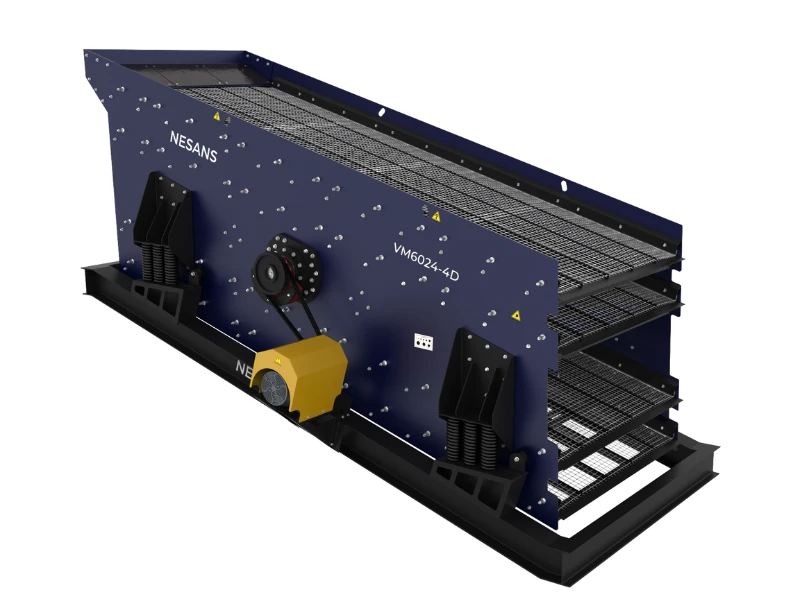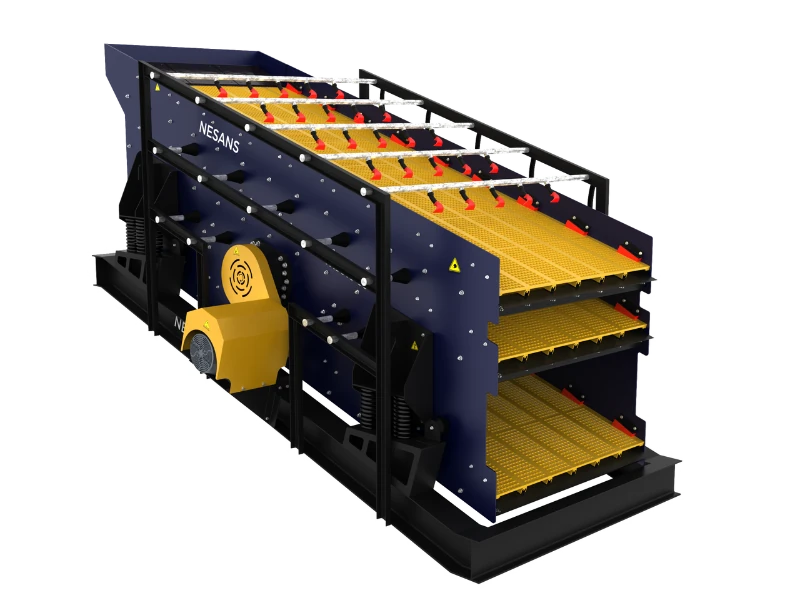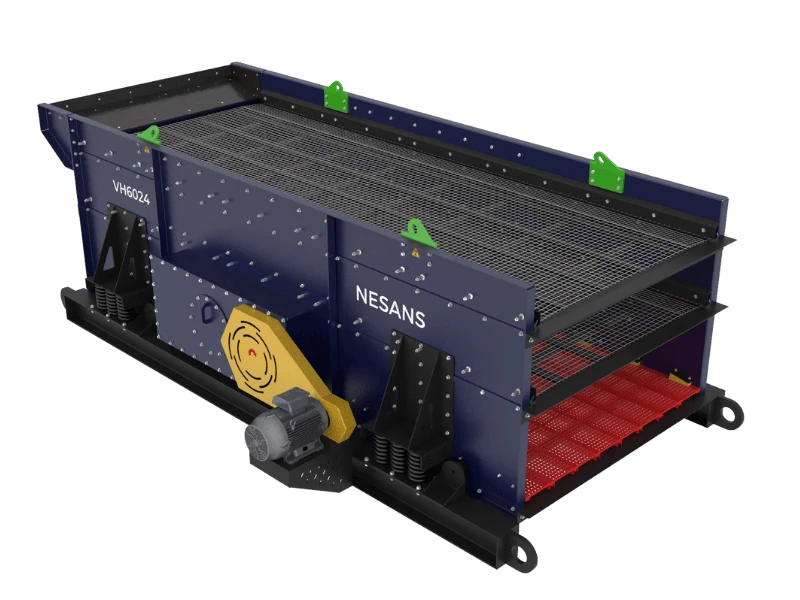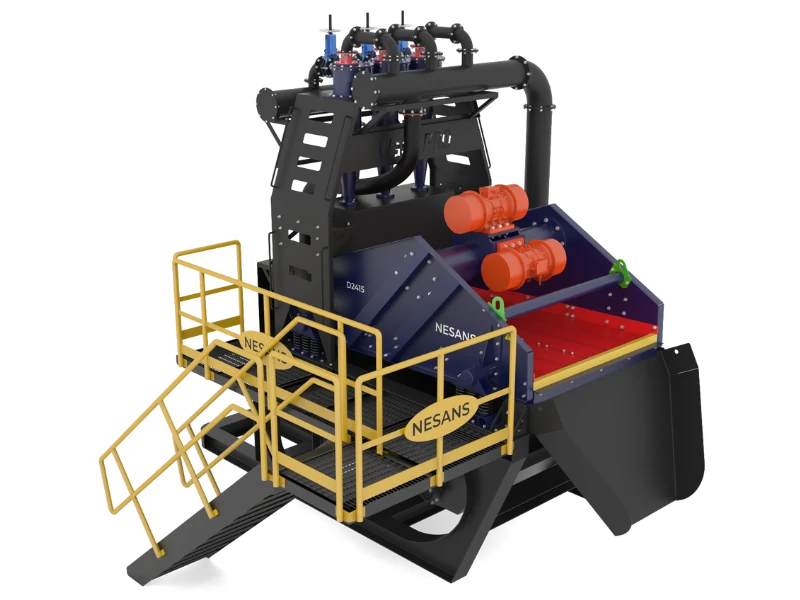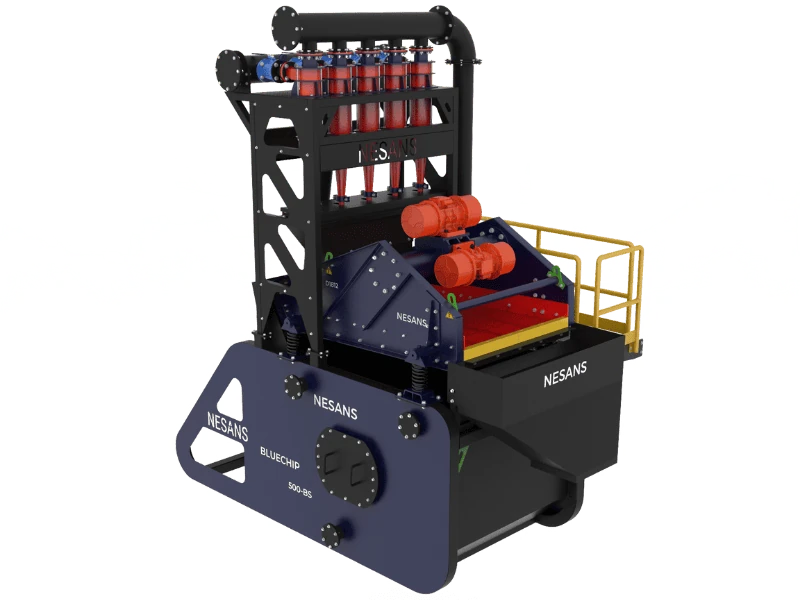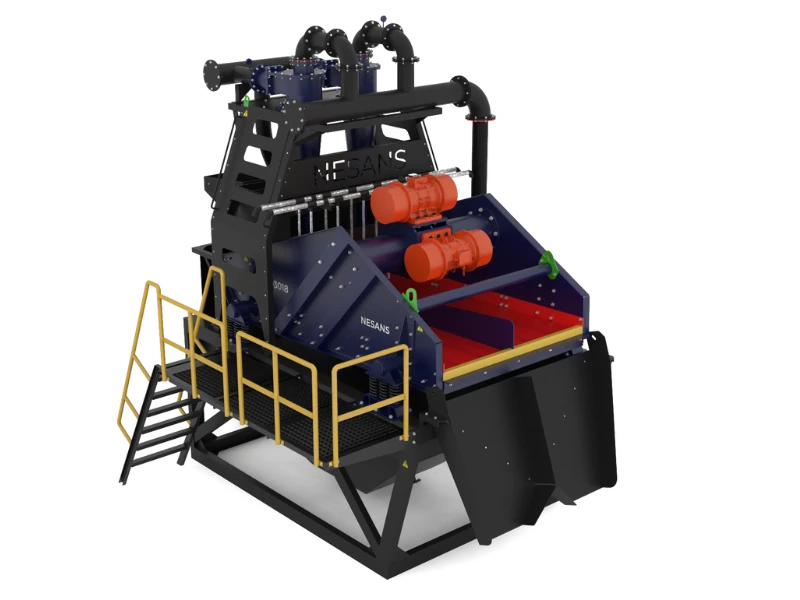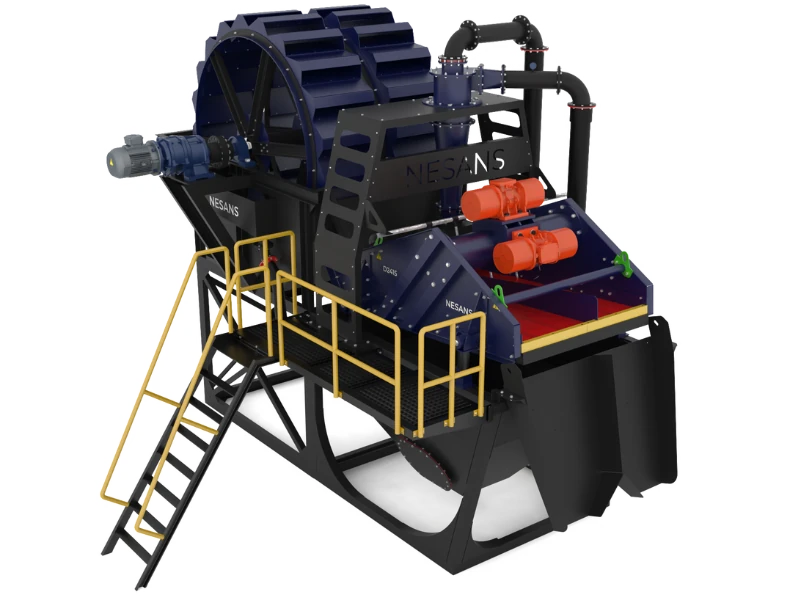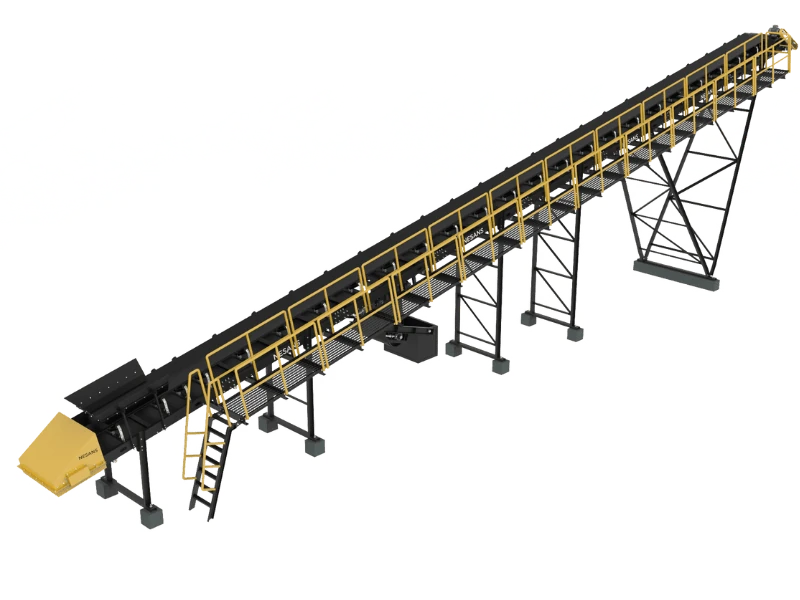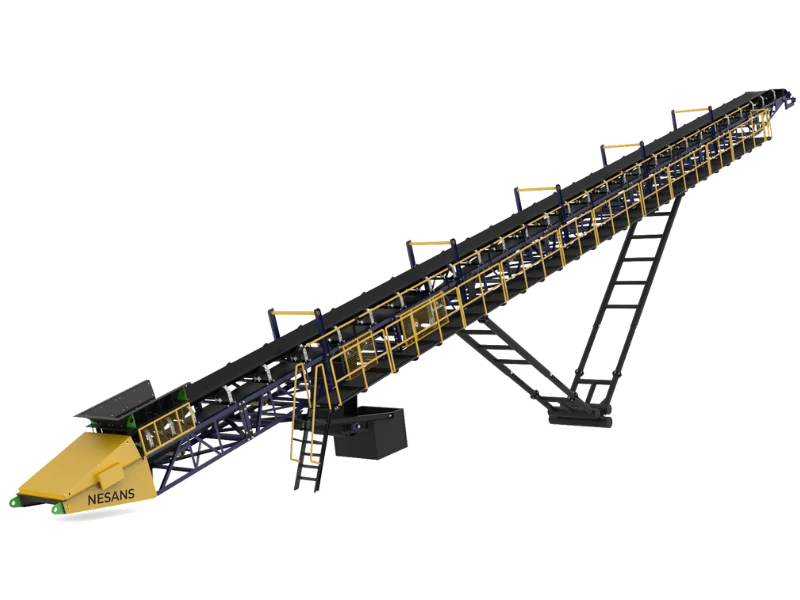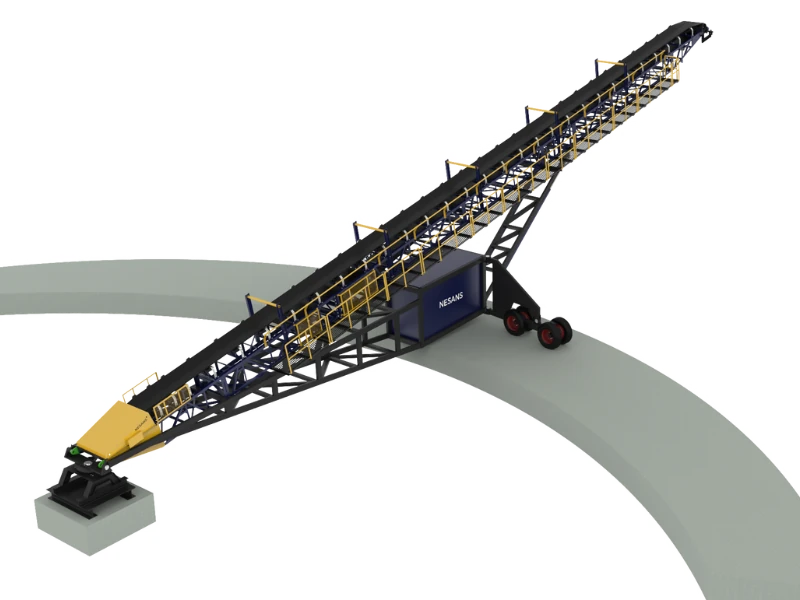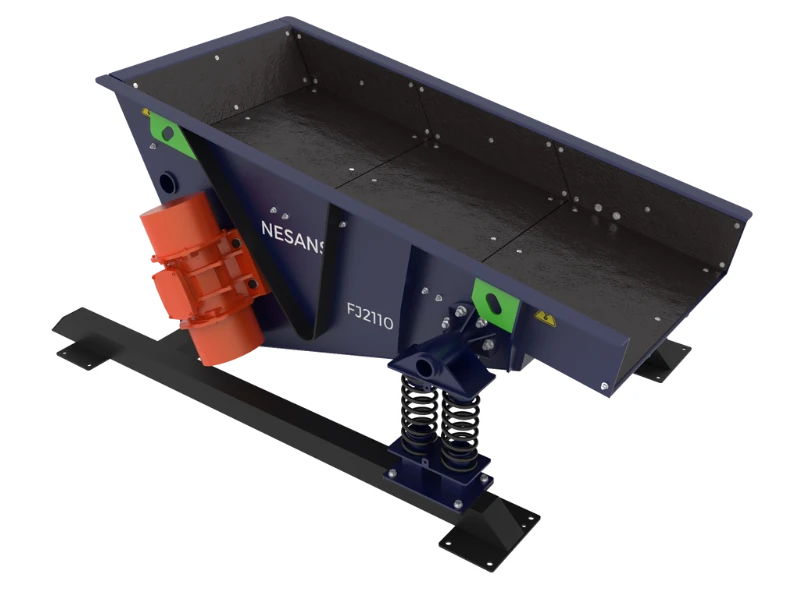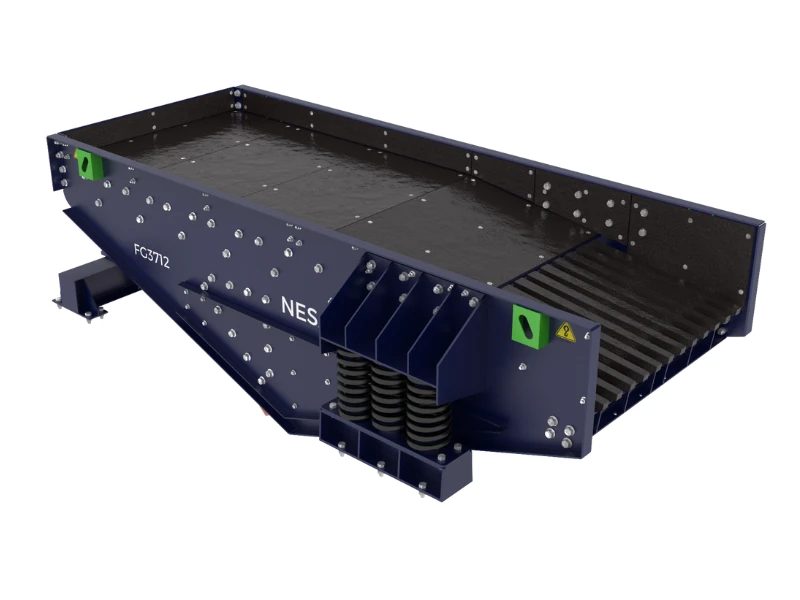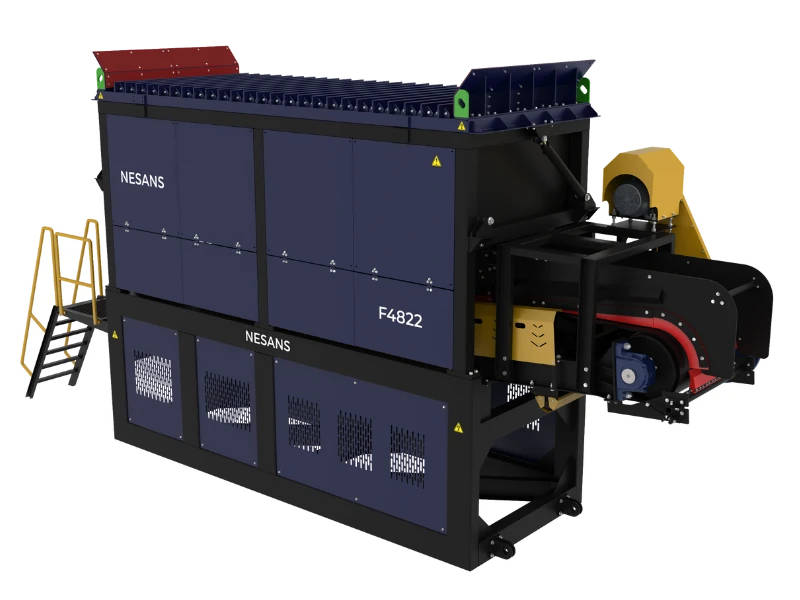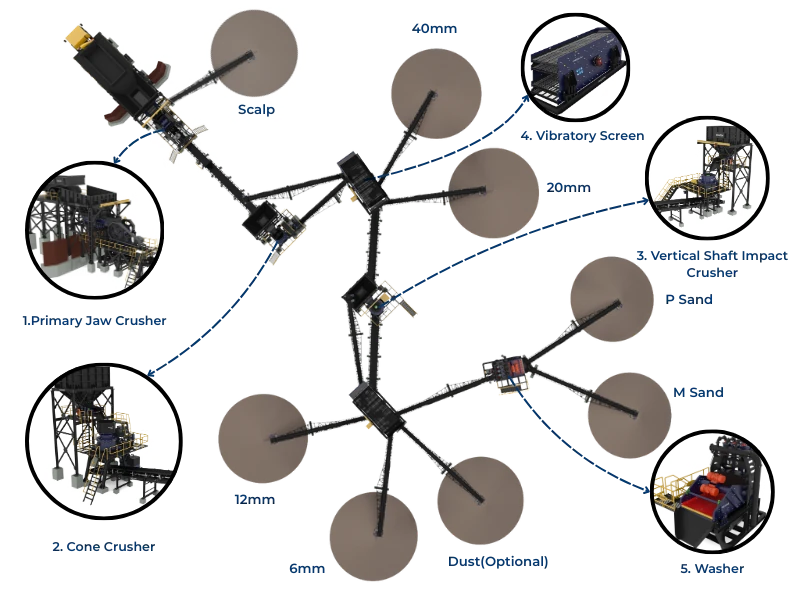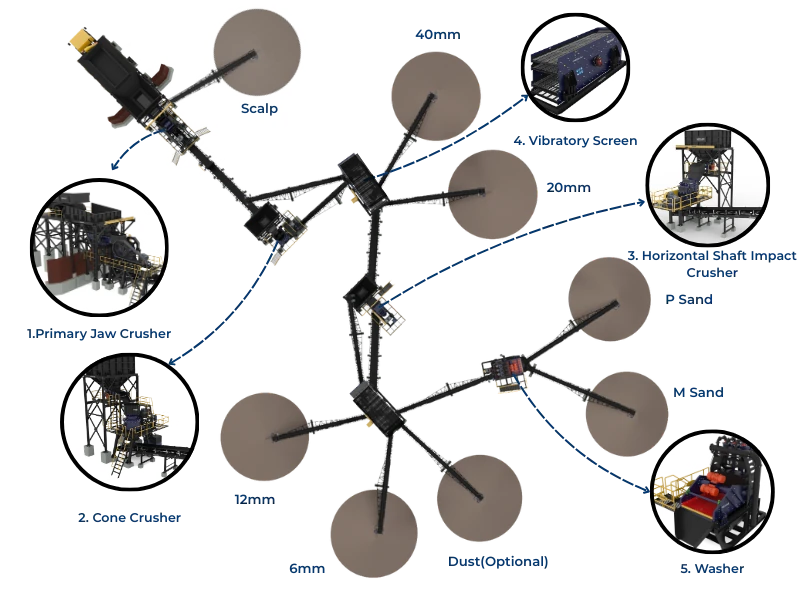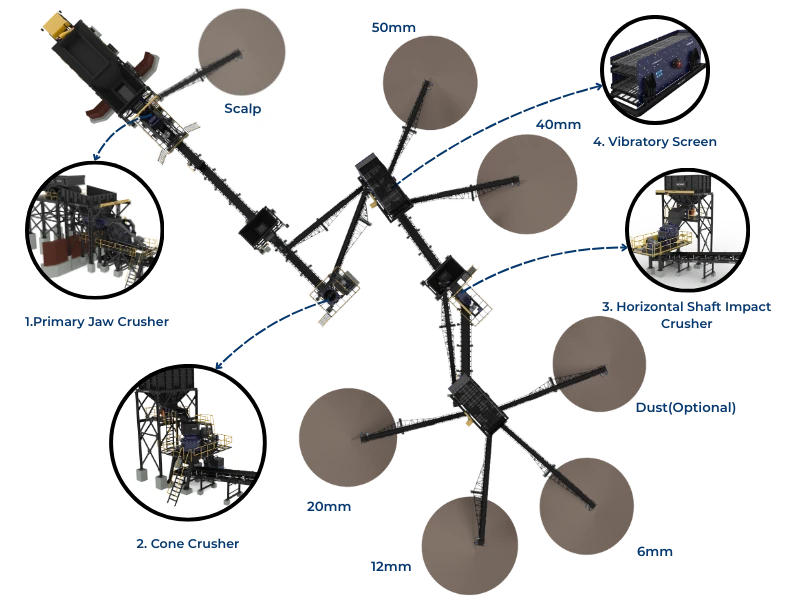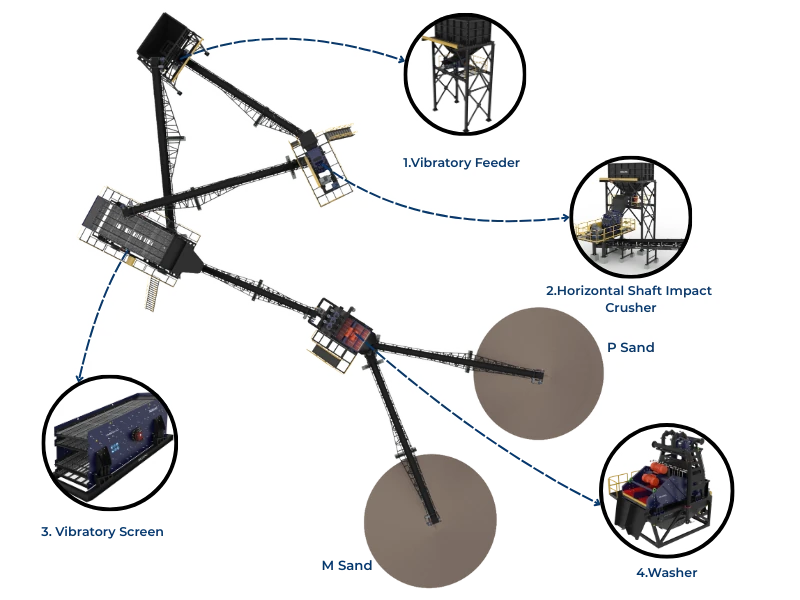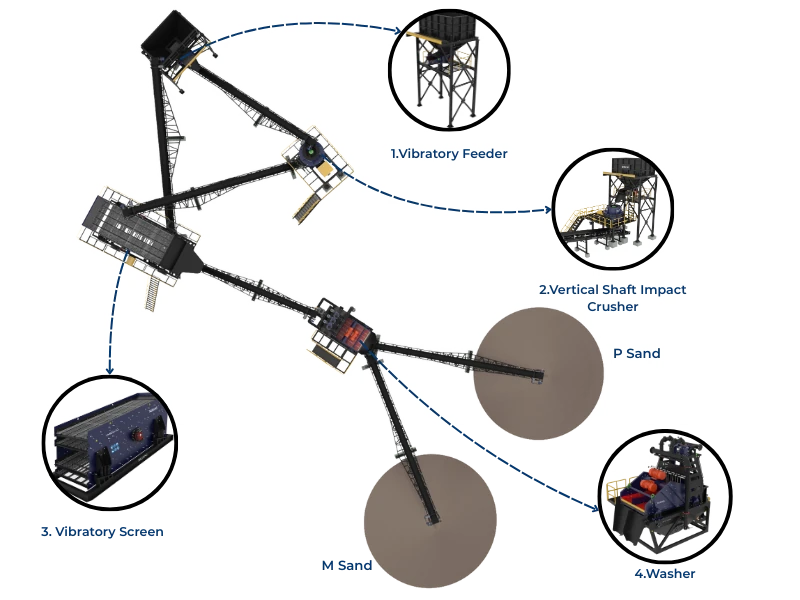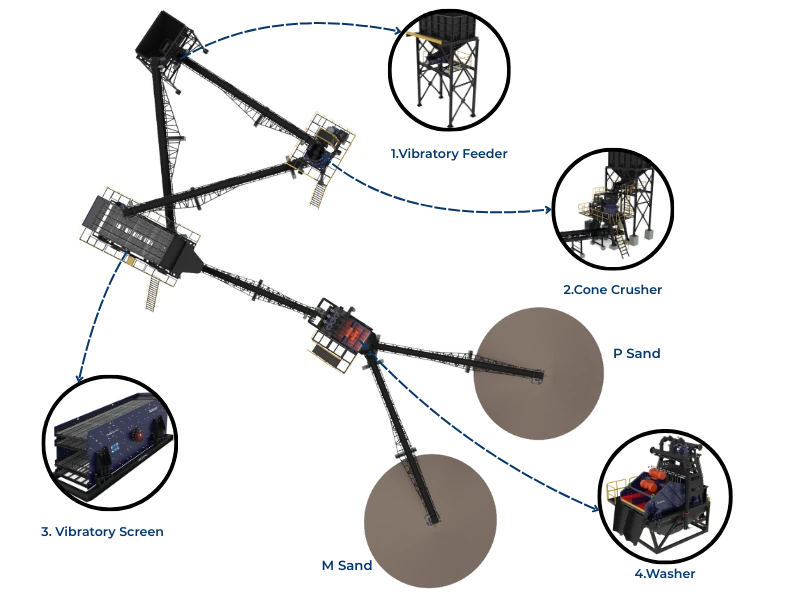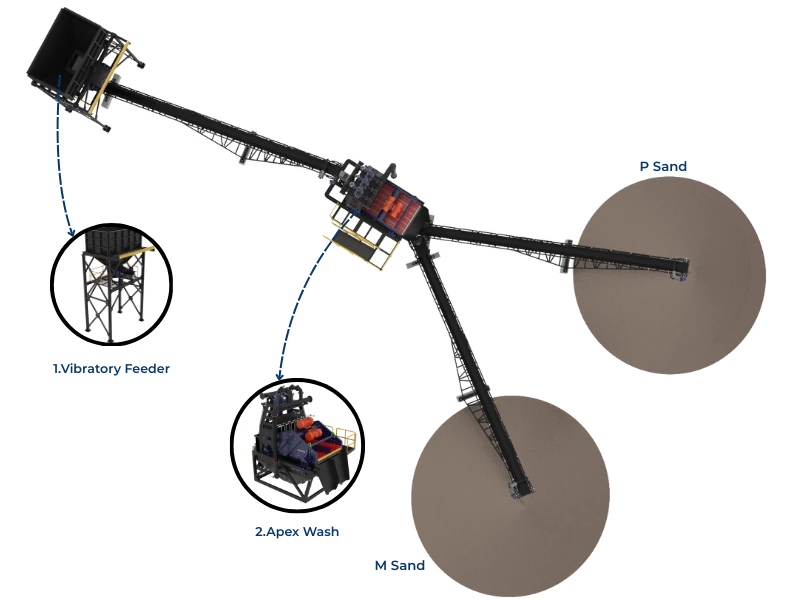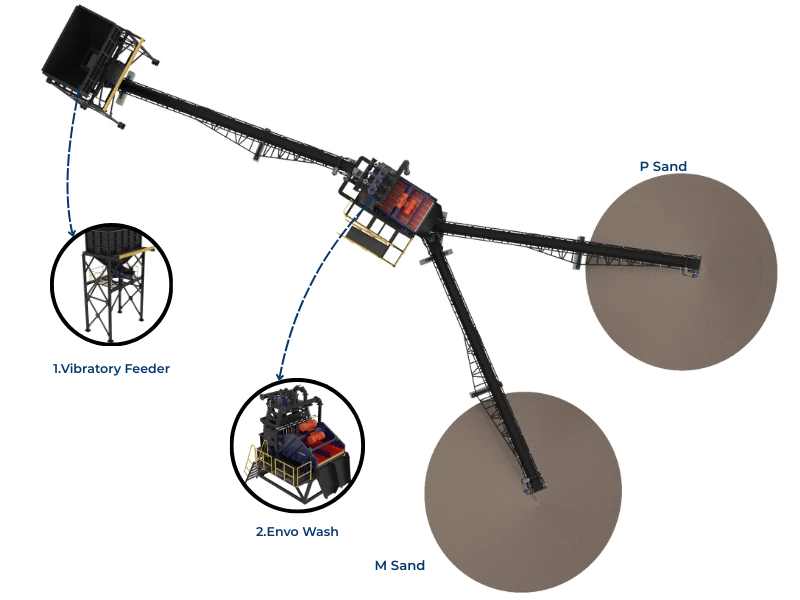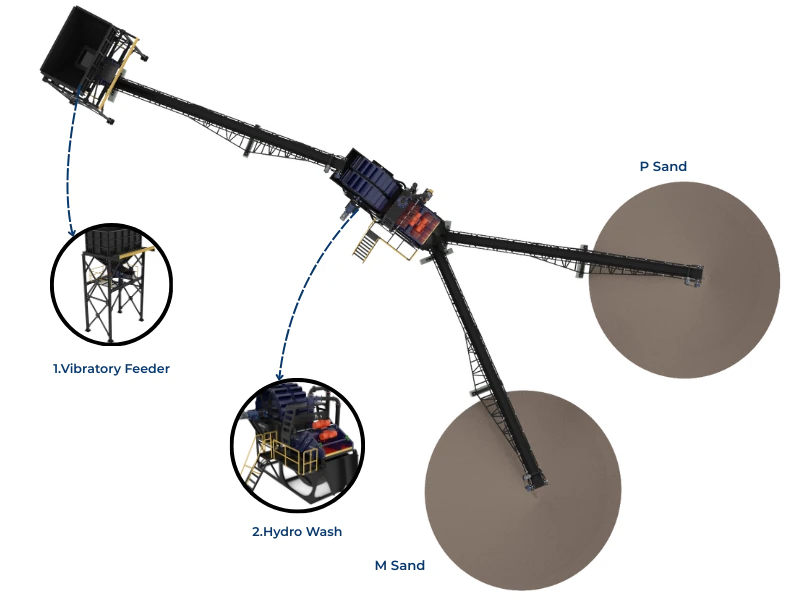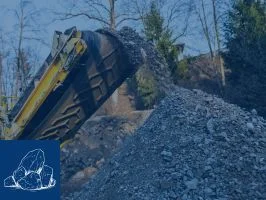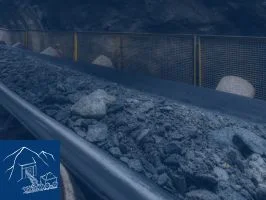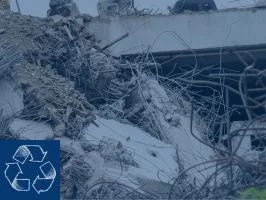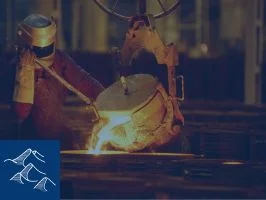Airborne dust in aggregate plants poses serious health, environmental, and regulatory challenges. This comprehensive guide examines dust suppression technologies, compliance requirements, cost analysis, and best practices for Indian crushing operations.
The Dust Problem: Scale and Impact
A typical 200 TPH crushing plant without dust control can generate:
- 15-25 kg of respirable dust per hour - particles < 10 microns that penetrate lungs
- 200-400 kg of total suspended particulates (TSP) per hour - visible dust cloud
- Dust plume reaching 500m+ in dry, windy conditions
Health Impact
Long-term exposure to silica dust (primary component in crushing dust) causes:
- Silicosis: Progressive, incurable lung disease; develops after 10-20 years of exposure
- Chronic Obstructive Pulmonary Disease (COPD): Reduced lung function, chronic cough
- Lung Cancer: IARC classifies crystalline silica as Group 1 carcinogen
- Tuberculosis: Silica exposure increases TB risk 3-6x
Worker Exposure Limits (India):
- Respirable crystalline silica: 0.05 mg/m³ (8-hour TWA - Time Weighted Average)
- Total dust: 10 mg/m³ (8-hour TWA)
Regulatory Compliance
Central Pollution Control Board (CPCB) Requirements:
- Dust suppression systems mandatory for all crushing units
- Stack emissions: PM10 < 50 mg/Nm³; PM2.5 < 30 mg/Nm³
- Ambient air quality at boundary: PM10 < 100 µg/m³; PM2.5 < 60 µg/m³
- Environmental Clearance (EC) requires dust management plan
- Consent to Operate (CTO) renewal contingent on compliance
Penalties for Non-Compliance:
- ₹1-15 lakhs fine under Air (Prevention and Control of Pollution) Act
- Closure directions until compliance achieved
- Criminal prosecution for serious violations
Dust Suppression Technologies
1. Water Spray Systems (Most Common)
How it works: Water droplets (100-500 microns) capture and weigh down dust particles
Components:
- Water pump (3-5 HP for 200 TPH plant)
- Nozzles (hollow cone, full cone, or flat spray pattern)
- Piping and valves
- Water tank (5,000-10,000L typical)
Performance:
- Dust reduction: 60-80% when properly configured
- Water consumption: 1-3 L/ton processed
- Effective range: 3-5 meters from nozzle
Cost:
| Item | Cost (₹) |
|---|---|
| Complete system for 200 TPH plant | 2.5-4.5 lakhs |
| Operating cost (water + power) | ₹0.30-0.50/ton |
| Annual maintenance | 15,000-25,000 |
Pros & Cons:
- Pros: Low capital cost, simple operation, no chemicals needed, simultaneous cooling
- Cons: Increases moisture content (issue for dry products), ineffective for fine dust < 10 microns, requires water supply
2. Dry Fog / Micro-Mist Systems
How it works: Ultrafine water droplets (5-15 microns) agglomerate with dust particles similar in size
Technology:
- High-pressure pump (50-70 bar)
- Specialized fog nozzles (ruby or sapphire tips)
- Automatic control system
- Minimal water usage
Performance:
- Dust reduction: 85-95% including fine respirable dust
- Water consumption: 0.3-0.8 L/ton (70% less than conventional spray)
- Effective range: 8-12 meters from nozzle
- No moisture addition to product (droplets evaporate)
Cost:
| Item | Cost (₹) |
|---|---|
| Complete system for 200 TPH plant | 8-14 lakhs |
| Operating cost | ₹0.15-0.30/ton |
| Annual maintenance | 30,000-50,000 |
Pros & Cons:
- Pros: Highest efficiency, captures respirable dust, no moisture added, lower water usage
- Cons: 3x higher capital cost, requires high-pressure equipment, nozzle maintenance critical
3. Chemical Dust Suppressants
How it works: Chemicals bind dust particles or form surface crust preventing dust generation
Types:
- Surfactants: Reduce surface tension, improve water penetration
- Hygroscopic Salts: Magnesium chloride, calcium chloride - absorb moisture from air
- Polymers: Form elastic film binding particles together
- Petroleum Resins: Create durable crust on haul roads and stockpiles
Application:
- Mixed with water (0.1-0.5% concentration)
- Applied via spray system
- Primarily for haul roads and stockpiles, not process areas
Performance:
- Dust reduction: 85-95% on treated surfaces
- Duration: 7-30 days depending on traffic and weather
- Application rate: 0.5-2 L/m² for roads, 1-4 L/m² for stockpiles
Cost:
| Item | Cost |
|---|---|
| Chemical cost | ₹40-150/liter |
| Application equipment | ₹1-3 lakhs (spray truck) |
| Operating cost (500m road, biweekly application) | ₹15,000-40,000/month |
Pros & Cons:
- Pros: Excellent for roads/stockpiles, long-lasting effect, reduces water usage
- Cons: Higher operating cost, some chemicals have environmental concerns, not for process points
4. Enclosure + Ventilation + Filtration
How it works: Enclose dust sources, capture dusty air, filter before release
Components:
- Partial or full enclosures around crushers, screens, conveyors
- Ventilation fans to capture dusty air
- Bag filters or cyclones to clean air
- Discharge stacks for filtered air
Performance:
- Dust reduction: 95-99% when properly designed
- Captures dust at source, prevents escape
- Meets strictest emission standards
Cost:
| Item | Cost (₹) |
|---|---|
| Complete system for 200 TPH plant | 25-50 lakhs |
| Operating cost (power + maintenance) | ₹1.5-3.0/ton |
| Bag replacement (every 2-3 years) | 3-6 lakhs |
Pros & Cons:
- Pros: Highest efficiency, meets all regulations, protects workers directly, recovers saleable fines
- Cons: Very high capital cost, significant operating expense, maintenance intensive, limits equipment access
Designing an Effective Dust Suppression System
Critical Dust Generation Points
Prioritize suppression at these high-dust areas (in order of importance):
- Primary Crusher Feed: 30-40% of total plant dust - coarse sprays at feeder discharge
- Crusher Discharge: 20-25% of dust - spray bars at crusher exit and conveyor loading
- Screen Feed and Discharge: 15-20% of dust - enclosed hoods with spray nozzles
- Conveyor Transfer Points: 10-15% each point - enclosed chutes with sprays or dry fog
- Stockpile Formation: 5-10% of dust - overhead sprays or wind fencing
- Haul Roads: Variable (10-40% depending on traffic) - water trucks or chemical treatment
System Design Principles
- Control at Source: Suppress dust where it's generated, not after it's airborne
- Adequate Coverage: Overlapping spray patterns, no gaps
- Right Droplet Size: Match to dust particle size for maximum capture efficiency
- Automatic Operation: Interlock with equipment - sprays on when crusher runs
- Adjustability: Variable pressure/flow to match conditions (humidity, material moisture, etc.)
Recommended System Configuration (200 TPH Plant)
| Location | Technology | Nozzles | Water (L/min) |
|---|---|---|---|
| Primary crusher feed | Coarse spray (200-500µ) | 4-6 | 20-30 |
| Crusher discharge | Medium spray (100-200µ) | 4-6 | 15-25 |
| Conveyor transfers (3 points) | Dry fog (5-15µ) | 6-9 | 3-6 |
| Screen feed/discharge | Medium spray | 4-6 | 15-25 |
| Stockpile area | Coarse spray or misting | 4-8 | 10-20 |
| TOTAL WATER CONSUMPTION | 63-106 L/min (3.8-6.4 m³/hr) |
System Cost Estimate: ₹12-18 lakhs capital + ₹0.80-1.20/ton operating cost
Water Management Strategies
Water Sources
- Borewell: Most common; check quality (high TDS/hardness clogs nozzles)
- Municipal Supply: Expensive (₹20-40/kL); reliable quality
- Surface Water: River/pond; requires filtration; regulatory approvals needed
- Recycled Process Water: From wet processing; may need settling/filtration
Water Recycling
For plants with wet processing, recycling reduces freshwater demand:
- Settling tanks (30-60 minute retention)
- Flocculants to accelerate settling (0.01-0.05 kg/ton)
- Clarified water reused for dust suppression
- Typical recovery: 80-90% of process water
Water Consumption Optimization
- Use Dry Fog at Critical Points: 70% water savings vs conventional spray
- Automatic Controls: Flow sensors, interlocks with equipment prevent waste
- Pressure Optimization: Higher pressure = smaller droplets = less water for same effectiveness
- Nozzle Selection: Hollow cone for large areas; full cone for targeted points
Cost-Benefit Analysis
Benefits Beyond Compliance
- Worker Health & Productivity
- Reduced respiratory illness = less absenteeism (5-10% productivity gain)
- Improved morale and retention (lower turnover saves recruitment/training costs)
- Lower health insurance claims and liability
- Equipment Longevity
- Dust damages bearings, seals, hydraulics - reducing it extends component life 20-40%
- Less frequent oil changes (dust contamination reduced)
- Electrical panel protection (dust ingress causes failures)
- Product Quality
- Cleaner aggregate commands ₹5-15/ton premium for concrete applications
- Reduced contamination in final products
- Community Relations
- Fewer complaints = less regulatory scrutiny
- Easier permit renewals and expansions
- Social license to operate maintained
ROI Calculation Example
Scenario: 200 TPH plant, 250 operating days/year, 7 hours/day = 350,000 tons/year
| Investment / Benefit | Amount (₹ Lakhs/year) |
|---|---|
| INVESTMENT: | |
| Hybrid system capital (dry fog + spray) | 15.00 |
| Operating cost (₹1.0/ton × 350K tons) | 3.50 |
| Total First-Year Cost | 18.50 |
| BENEFITS: | |
| Avoided fines/closure (risk mitigation) | 5.00 |
| Reduced equipment wear (30% saving on ₹12L maintenance) | 3.60 |
| Productivity gain (5% on ₹60L labor) | 3.00 |
| Product quality premium (₹8/ton on 50% of output) | 14.00 |
| Recovered fines (if using filtration) | 2.50 |
| Total Annual Benefit | 28.10 |
| NET BENEFIT (Year 1) | 9.60 |
| PAYBACK PERIOD | 7-9 months |
Maintenance Best Practices
Daily Checks
- Visual inspection of all spray patterns - look for clogged/broken nozzles
- Water tank level - ensure adequate supply
- System pressure gauge - should be stable
- Pump operation - listen for unusual sounds
Weekly Tasks
- Clean strainer/filter at pump inlet
- Check all spray nozzles - remove and clean if clogged
- Inspect piping for leaks or damage
- Test automatic controls and interlocks
Monthly Maintenance
- Measure and log water consumption
- Inspect pump seals and bearings
- Check valve operation
- Clean water tank to remove sediment
Common Problems & Solutions
| Problem | Cause | Solution |
|---|---|---|
| Nozzles clog frequently | High TDS water, sediment | Install filtration (50-100 micron); clean tank regularly |
| Uneven spray pattern | Nozzle wear or damage | Replace nozzles every 6-12 months in abrasive environments |
| Low water pressure | Clogged filter, pump wear | Clean filter; check pump impeller for wear |
| System not turning on | Interlock failure, electrical | Test interlock circuit; check relay and wiring |
Monitoring and Compliance
Dust Monitoring Requirements
- Ambient Air Quality: Monitor PM10 and PM2.5 at plant boundary (quarterly minimum)
- Stack Emissions: Test at crusher exhaust if enclosed (annual minimum)
- Worker Exposure: Personal air samplers for high-exposure roles (annual minimum)
Record Keeping
Maintain logs for compliance audits:
- Daily dust suppression system operation hours
- Water consumption records
- Maintenance activities and nozzle replacements
- Monitoring results (ambient and occupational)
- Complaints received and actions taken
Conclusion
Effective dust suppression is no longer optional - it's a business necessity driven by regulations, worker health, and operational efficiency. Key takeaways:
- Invest Early: Retrofitting is more expensive than designing dust control from the start
- Hybrid Approach: Combine technologies - dry fog for critical points, spray for bulk suppression, chemicals for roads
- Maintenance Matters: A poorly maintained system provides minimal benefit - commit to regular upkeep
- Measure Results: Periodic monitoring proves effectiveness and guides improvements
With payback periods under 12 months and multiple operational benefits, dust suppression systems deliver strong ROI beyond mere compliance.
Need help designing a dust suppression system? Nesans offers free site assessments for crushing plants. Our engineers will evaluate your dust generation points, recommend appropriate technologies, and provide a detailed cost-benefit analysis customized to your operation.

